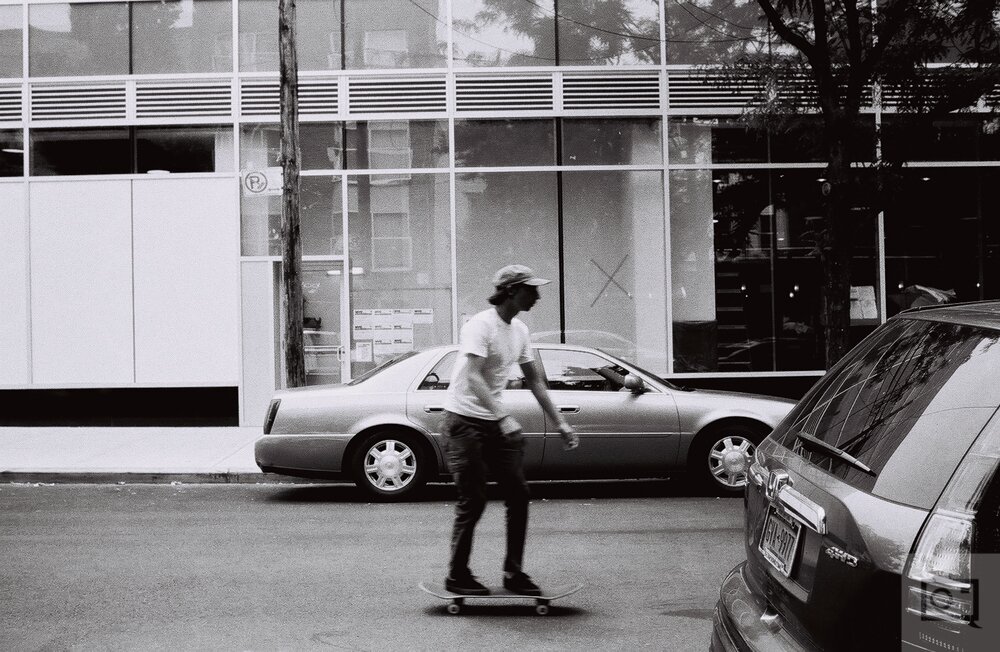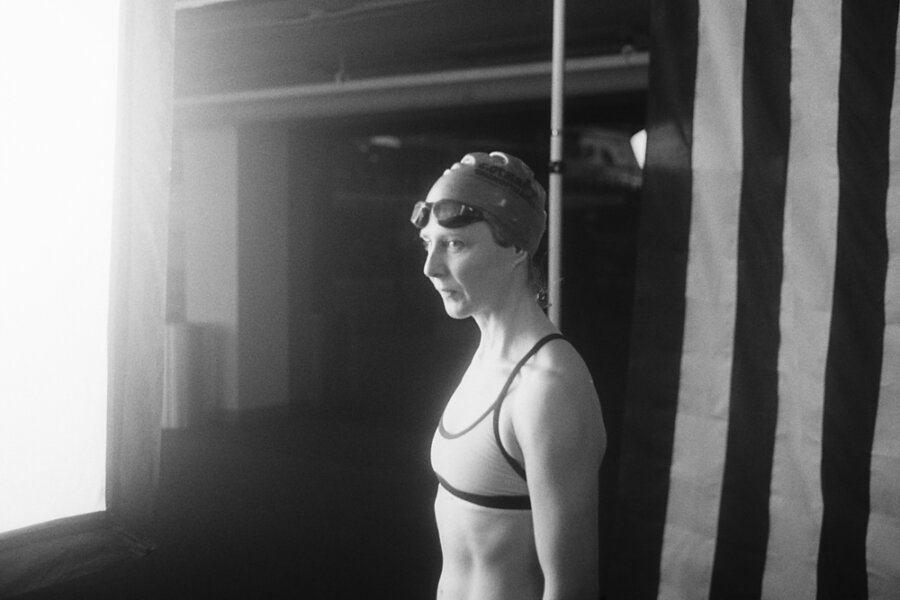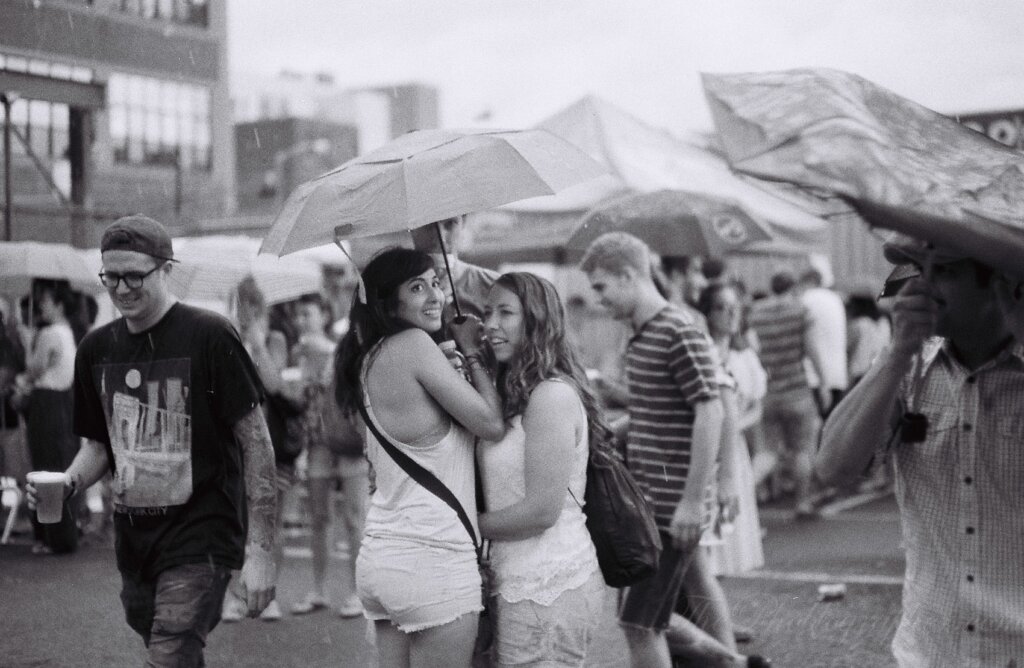A Rangefinder Won’t Necessarily Make You a Better Photographer
Lead image by . Used with permission.
It’s very, very easy for photographers to get pulled into the stigma that a rangefinder is going to make them a much better photographer. Just think about it, if you just buy this Leica camera and spend x amount of money, you’ll probably become the next Bresson. If you ponder for a while on that idea, you’ll realize just how preposterous of an idea that is. If you’re an older photographer, then you know this. But if you’re newer, not as advanced in your ways of the force, and a bit more green around the edges then you can almost easily be fooled. In truth, a rangefinder is a tool. You can find a way to use a wrench for a job that a spanner may require or a chef’s knife for a job that may be better suited for something like a bread knife, but in the end the intent is all with you.
Rangefinder cameras were designed in a specific way. Colloquially, it’s a term that harkens back to the idea that anything that helps you focus is a rangefinder. Early antique rangefinders function to aid in focusing while a separate viewfinder helped the photographer to frame their scene. But today it’s better known as a specific mechanism as it pertains to a camera and focusing. Modern rangefinder cameras work using a single viewfinder/rangefinder combination mechanism. This combination has a viewfinder that gives you a view of an entire scene. To help you frame, there are frame lines that correspond to the lenses that you use. So while a rangefinder may give you a 28mm field of view, it will accommodate accordingly to telly ou how much of the scene is being used at 50mm for example. With that said, it isn’t a through the lens viewfinder system and so you cannot see the depth of field. You’ll more or less need to assume how much of a scene is in focus or completely throw the idea of being a bokeh fiend out of the window.
The ability to see a subject move in and out of a frame is often heralded as one of the best things about rangefinders. But even so, it’s nothing without a combination of a photographer’s creative vision or their ability to be able to predict what will happen and capture it as it happens. Oftentimes, if you see a moment in your viewfinder, it’s gone. There are little to no exceptions to that rule.
The majority of rangefinders are manual focus operation tools with the exception of the Contax G series and some may even call the Hexar AF a rangefinder. Manual focus is arguably quicker than autofocus if you use it just right. What that requires you to do is to use zone focusing. Essentially it means you need to work for the image, but you find a way to predetermine what’s going to be coming and happening in front of you. Using a rangefinder,or any manual focus optic that is, forces you to be more in tune with the scene that you’re working. You need to be focused a fixed distance away from you and you also need to focus the camera lens to the same distance. Then, it’s just a matter of capturing a moment unless you happen to have created it. Martin Schoeller, who’s known for using Mamiya rangefinders at a certain time, usually sets up his scenes before he photographs.

